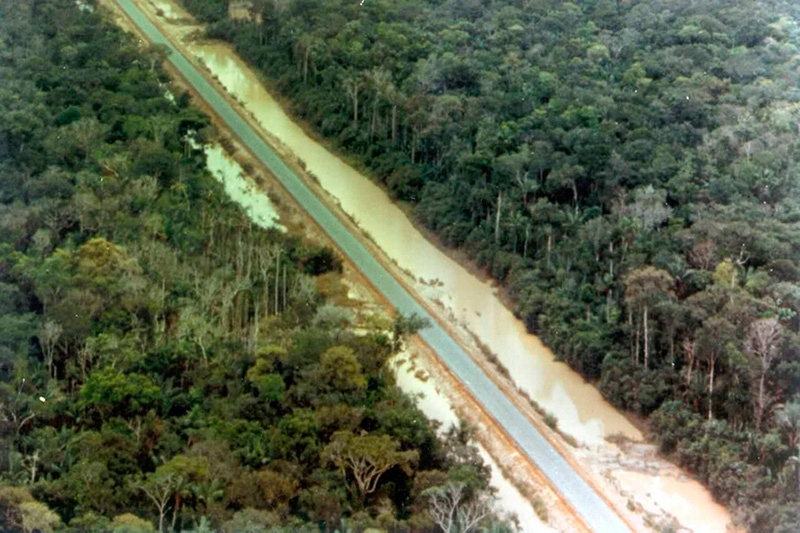The paving of the BR-319, the only road linking Manaus to Puerto Velho and the rest of the country, has the potential to impact some 300,000 square kilometers in the Amazon region, an area larger than the United Kingdom or São Paulo state.
This broad area includes indigenous territories (TIs) and conservation units, as shown by research conducted by the independent research group Climate Policy Initiative (CPI), of the Pontifical Catholic University of Rio de Janeiro (PUC-Rio), in collaboration with the Amazon 2030 project.
BR-319, built in the 1970s with an area of more than 800 square kilometers, faces major challenges due to lack of maintenance, which has resulted in sections being impassable.
During the dry period, problems such as potholes and dust arise, while the rainy season presents the challenge of swamps. Currently, only the parts close to the capitals (Porto Velho and Manaus) are paved.
The CPI/PUC-Rio study highlights the importance of improving logistics infrastructure to reduce Amazon isolation and facilitate the movement of people and goods between the legal Amazon and other parts of Brazil.
However, infrastructure projects in the region can cause social and environmental impacts that do not sufficiently benefit local populations, concentrating agricultural production gains in limited areas.

BR-319 still paved in the 1970s – Photo: Site Na Estrada
Effects
According to the researchers, the reconstruction of the highway could affect about nine municipalities in the state of Amazonas, which has a population of more than 320,000 people in an area of more than 300,000 square kilometers. Within the area of influence of BR-319 there are 49 indigenous lands, 49 protected units and 140 thousand square kilometers of unassigned public forest.
Although the reconstruction of BR-319 has become an investment project in the legal Amazon, the new Growth Acceleration Program (PAC), announced by President Lula in August, excluded the paving of BR-319 due to the critical environmental sensitivity of the issue. Conditional on ensuring environmental sustainability.
Packing
In Rondonia, more than 190 federal deputies signed in support of the creation of the “Parliamentary Front for the Defense of the Federal Highway.” This initiative aims to ensure adequate maintenance of the highway along its entire length, setting a period of four years for the group’s activities.
Analysis of potential impacts is critical to identify risks, promote discussion on mitigation measures and undertake consultations with affected communities, including indigenous groups.
CPI researchers highlight proposals to improve the governance of these projects, including the need to quantify social and environmental risks at the beginning of the project life cycle, establish transparent methodologies for calculating the area of impact and develop a public geographic information system (GIS) to assess the impact of projects on the plan. National logistics.
